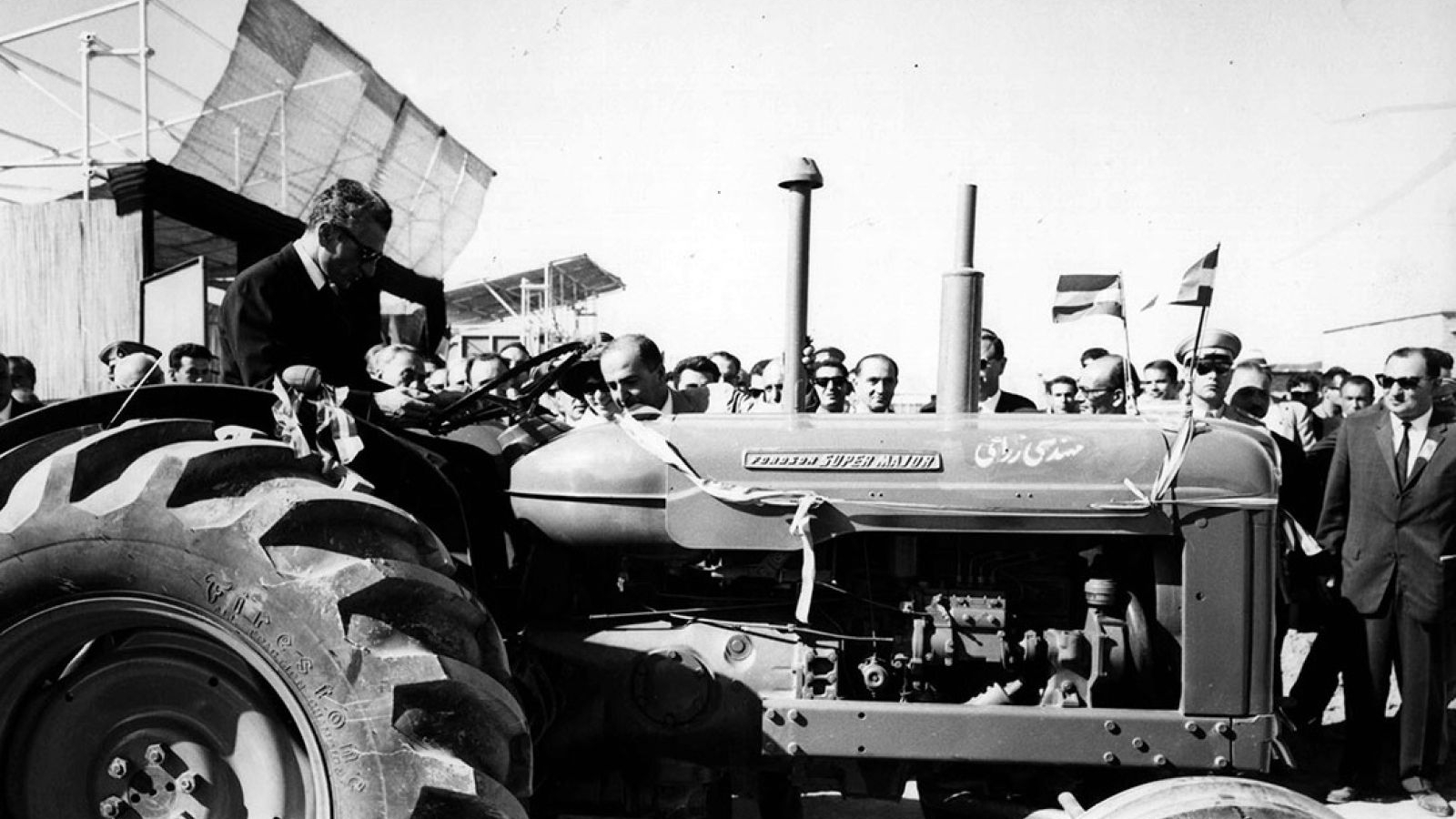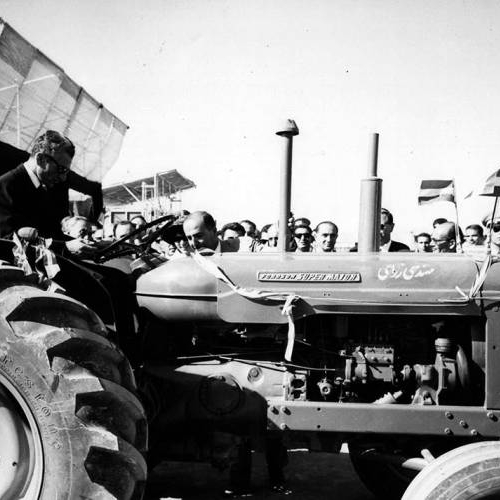Agriculture in Iran went through various transformations

Agriculture in iran
From the Qajar era onward, agriculture in Iran went through various transformations influenced by political, social, and economic changes. Each period had its distinct characteristics and developments
From the Qajar era onward, agriculture in Iran went through various transformations influenced by political, social, and economic changes. Each period had its distinct characteristics and developments, as outlined below:
Qajar Period (1794–1925)
During the Qajar era, agriculture was mostly traditional and underdeveloped, with large tracts of land owned by aristocrats and noble landowners. Key factors characterizing this period included:
Feudal System: Land was primarily controlled by large landowners, many of whom were aristocrats and government officials. Peasants (or sharecroppers) worked these lands under a dependent relationship with landowners, leading to limited motivation to improve agricultural methods.
Lack of Infrastructure: The absence of adequate transportation routes, irrigation systems, and distribution networks restricted productivity and made it difficult to bring products to markets, both locally and internationally.
Little Government Support: The Qajar government had no specific programs to enhance agriculture or improve the welfare of farmers, keeping this sector largely stagnant and isolated from modernization.
Pahlavi Period (1925–1979)
With the rise of Reza Shah, and later Mohammad Reza Shah, several reforms and modernization programs were initiated to improve agriculture. Some of the most significant initiatives in this era included:
1. Land Reforms: In the 1960s, a major land reform program aimed to break up large landholdings and distribute land to small and landless farmers. This reform sought to reduce the power of large landowners and give more autonomy to farmers.
2. Infrastructure Development: The Pahlavi government invested in large projects like dam construction and irrigation networks, intending to increase arable land and improve farmers' access to water, thereby raising productivity.
3. Introduction of Agricultural Machinery: With the import of tractors, combines, and other modern equipment, as well as the establishment of educational centers, Iran’s agricultural practices started to modernize gradually.
4. Focus on Strategic Crops: The government prioritized key crops, such as wheat, rice, and cotton, to meet domestic demand and reduce dependency on imports.
5. Research and Educational Centers: Agricultural research centers were established to improve crop varieties, combat pests, and enhance product quality. These centers aimed to elevate the knowledge and skills of farmers.
Challenges and Outcomes
Despite these efforts, agriculture in this period also faced several challenges:
Social Resistance: Land reforms faced opposition from some large landowners and even traditional farmers who viewed the changes as a threat to their status and livelihood.
Urban Migration: Land reforms and changes in the rural structure prompted widespread migration to urban areas, leading to labor shortages in rural areas.
Limited Infrastructure in Some Areas: Although significant infrastructure improvements were made, many rural regions still lacked sufficient access to modern facilities.
Overall, the Pahlavi period represented a notable advancement in the modernization and development of Iran's agricultural sector compared to the Qajar period. The efforts made during this time laid a foundation for future agricultural growth and improvements.
